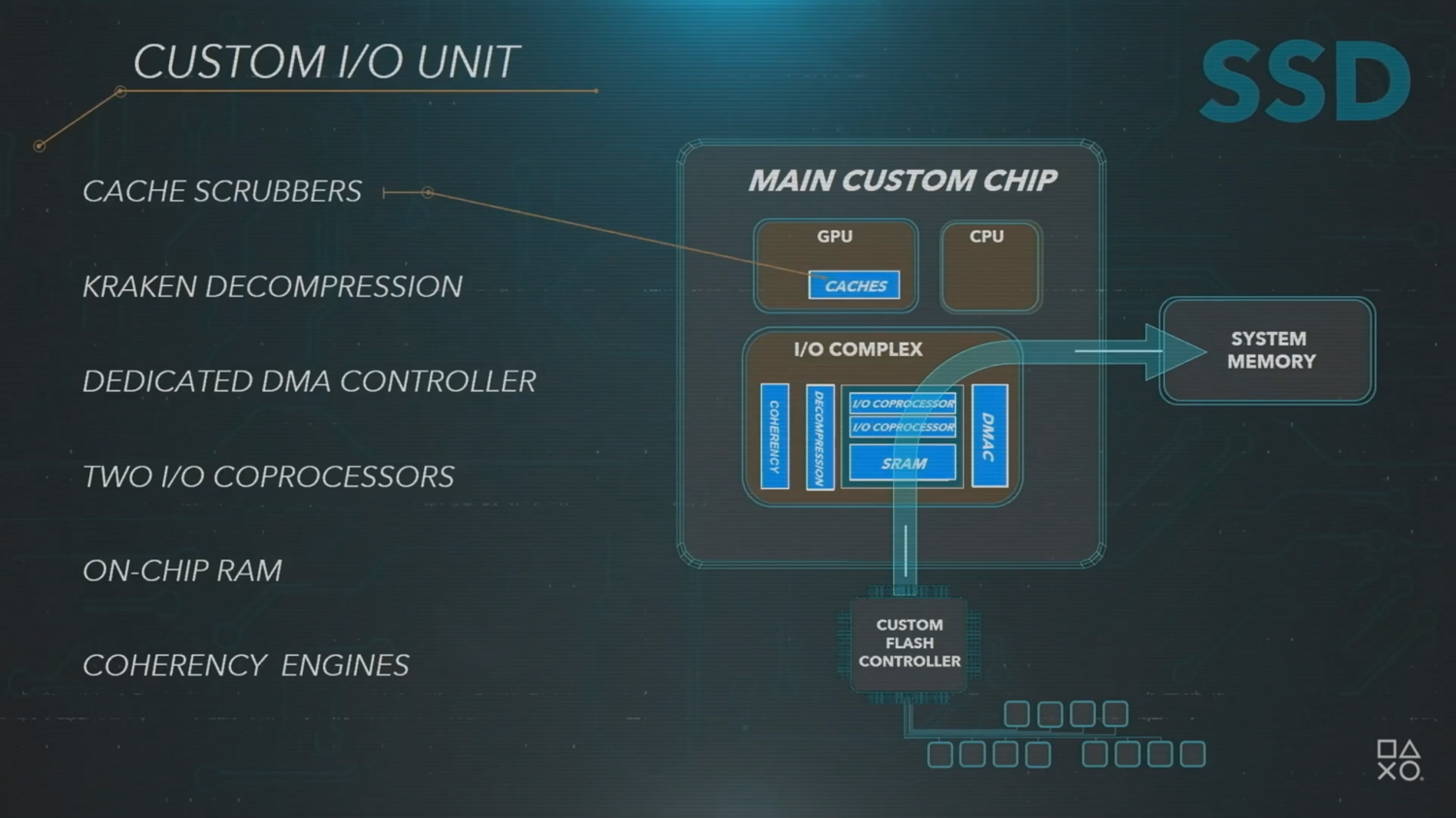Why? We don't even know what their target yields are, not the expected cost per SoC.
What normal people do when developing a product is: set a series of requirements (both technical and financial), design around those requirements, come up with something close to what you want, test it, iterate on the design, test it, come with a commercial viable product, begin mass manufacturing.
When you start the manufacturing process, as with any other process really, then the cycle of continuous improvement begins unless you hit a hard limit, like cost or just technical feasibility.
Did MS stop manufacturing or change the specs because the 360 had failure rates close to 30%? No, they just improved the process/design. Which is what MS and Sony will do, as I'm sure they have quality departments fully oriented to cost reduction.
If Zen2 yield are 70% I don't believe MS was aiming for 80% to be honest. Considering how big their chip is.
edit: an article I read on the issue some time ago.
http://semiengineering.com/yield-ramp-challenges-increase/

